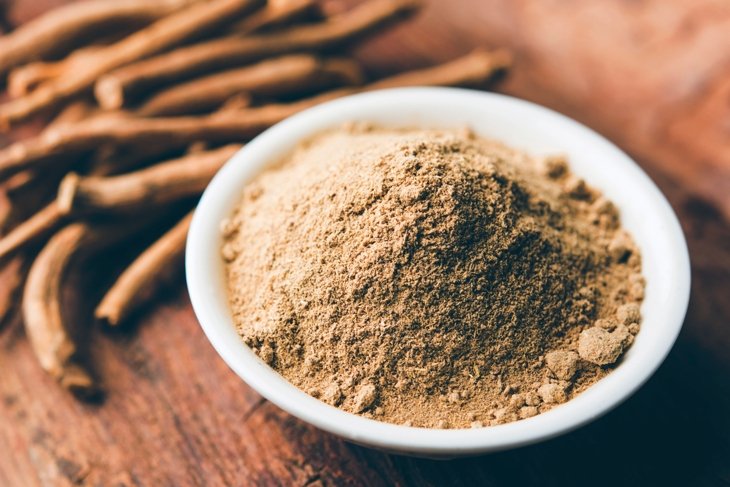
Many of us are newly discovering the power of herbal medicines, but archeological excavations show that humans have been using plants for medicinal purposes for 60,000 years. Today, a growing number of people in developed countries who have full access to Western medicine are integrating the use of herbal medicine with Western medical practices. As a result, modern-day stress relievers have long-established roots in the mists of time. Let\’s get into our top 10 calming herbs.
01
Ashwagandha
Botanical name: Withania somnifera What it is:
What it is:
- used for more than 3,000 years as one of Ayurveda’s most prominent rasayanas or life extenders
- classified as an adaptogen (herbs that help our body manage stress)
What it looks like:
- small shrub with yellow flowers native to India and North Africa
- supplements come in extracts or powders from the roots or leaves
What it does:
- reduces physiological and biochemical indicators of stress
- corrects imbalances in the neuroendocrine and immune systems
- significantly reduces anxiety and stress
- regulates chemical signalling in the nervous system by blocking the stress pathway in the brain
02
Asian ginseng
Botanical name: Panax ginseng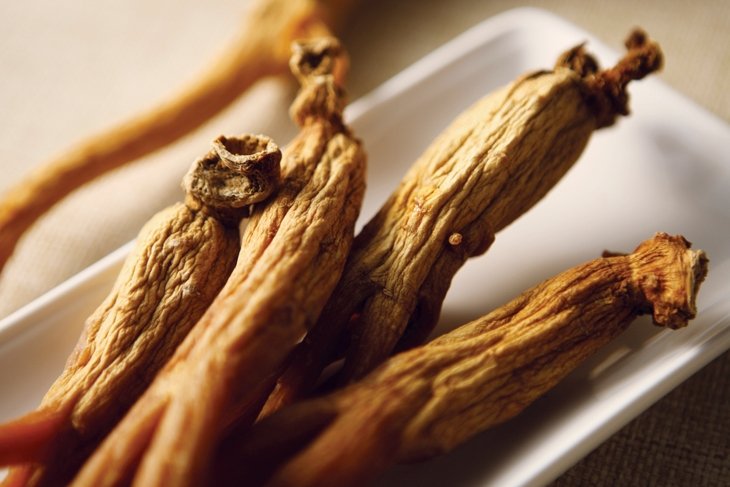 What it is:
What it is:
- used for centuries in traditional Chinese medicine
- classified as an adaptogen (herbs that help our body manage stress)
What it looks like:
- light-coloured, slow-growing, short plant with fleshy fork-shaped roots and oval-shaped green leaves
- supplements are found in extract, capsule, or powder form from its roots
What it does:
- supports cognitive function and/or reduces mental fatigue in cases of mental stress
- boosts mental alertness, low energy, and improves mental fatigue
- alleviates anxiety and depression caused by stress
- ameliorates inflammatory diseases caused by stress
03
Camomile
Botanical name: Matricaria chamomilla L.
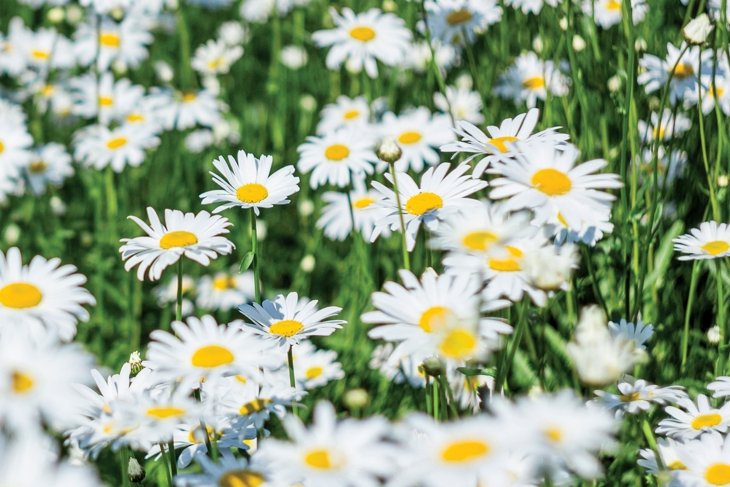 What it is:
What it is:
- herb used for thousands of years, known in ancient Egypt, Greece, and Rome
- dried flowers have been used in teas for centuries as remedy for several health conditions
What it looks like:
- daisy-like flowers of the Asteraceae plant family
- flowering tops of camomile used to make supplements, extracts, and teas
What it does:
- as an extract is used to improve sleep quality
- possibly reduces number of nighttime awakenings
- may moderately improve daytime functioning
- may help reduce anxiety and distress associated with menstrual period pain
04
Holy basil (tulsi)
Botanical name: Ocimum sanctum L.
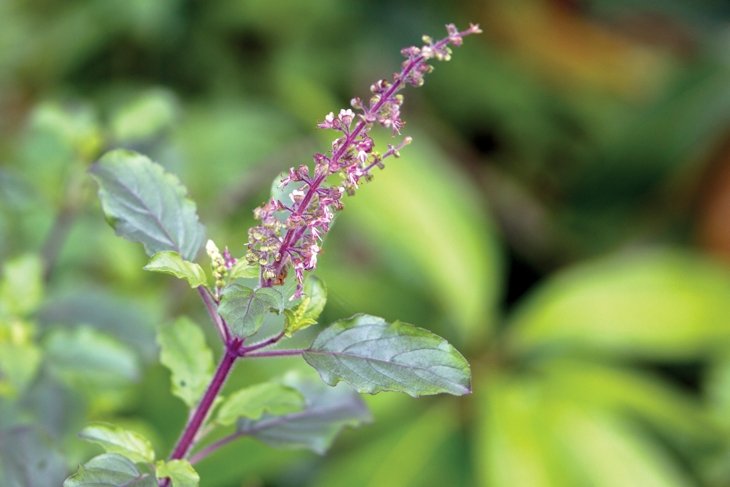 What it is:
What it is:
- Ayurvedic herb known as “the incomparable one,” revered as an “elixir of life”
- classified as an adaptogen (herbs that help our body manage stress)
What it looks like:
- small aromatic shrub with green or purple leaves and small purplish or red flowers
- used in cooking for its flavourful, pungent aroma and taste similar to other varieties of basil as well as in tablets, capsules, teas, and essential oil
What it does:
- may decrease symptoms of stress, including forgetfulness, exhaustion, and sleep problems
- reduces anxiety and associated stress
- may help reduce depression in those with anxiety
- helps protect against damage caused by physiological and metabolic stress
05
Lavender
Botanical name: Lavandula angustifolia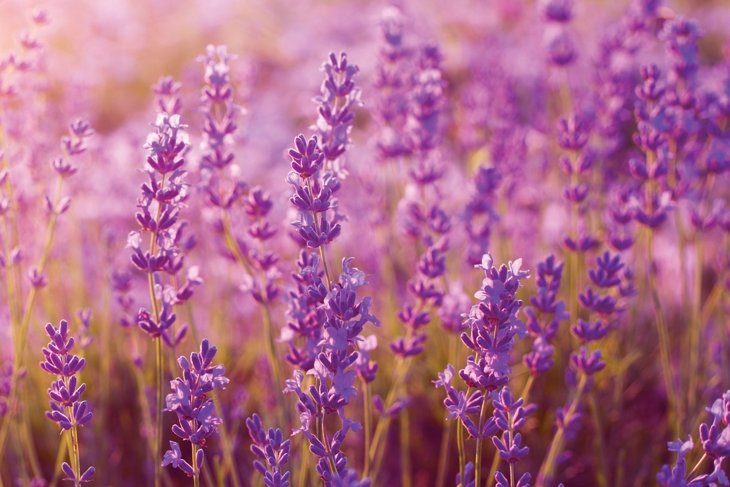 What it is:
What it is:
- source of drugs as well as perfumes, soaps, flavourings, and crafts since before medieval times
- popular as an essential oil, which is distilled from its flower spikes
What it looks like:
- shrub with varieties ranging from 9 in (23 cm) to 3 ft (91 cm) tall with aromatic purple flowers
- available as a dried powder or gelatine capsules, but its essential oils are used primarily in aromatherapy
What it does:
- tincture of lavender may help improve symptoms of depression
- oral use of lavender oil supplement may help reduce anxiety
- possible improved symptoms (waking frequency/duration and anxiety) in PTSD and chronic fatigue
- can help treat insomnia and reduce anticipatory anxiety
06
Lemon balm
Botanical name: Melissa officinalis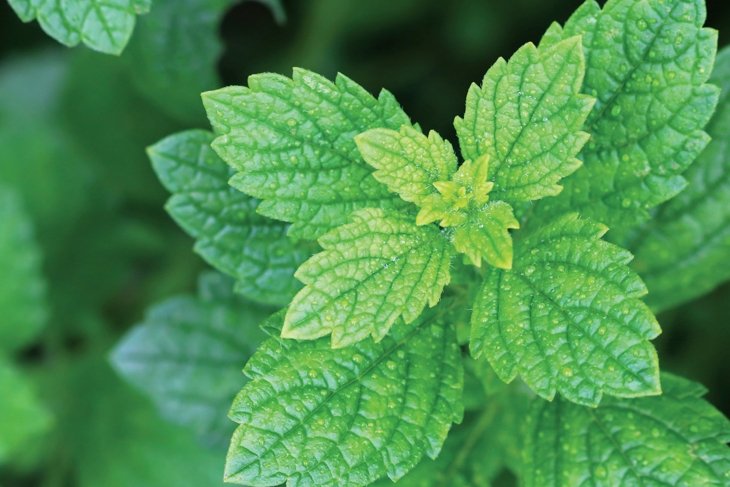 What it is:
What it is:
- a lemon-scented herb from the mint family used for more than 2,000 years
- contains chemicals that generate a sedative, calming effect; also may have antiviral effects as well as benefits for digestive health
What it looks like:
- small, perennial herb with similar appearance to others in the mint family
- available as tablets, capsules, tinctures, teas, essential oil, and salves (used for treating viral skin conditions like cold sores)
What it does:
- helps improve mood and cognitive performance
- can reduce some symptoms of anxiety, including nervousness and excitability
- may help increase calmness and alertness
- helps reduce sleep disturbances and improve sleep overall by alleviating anxiety
07
Passion flower
Botanical name: Passiflora incarnate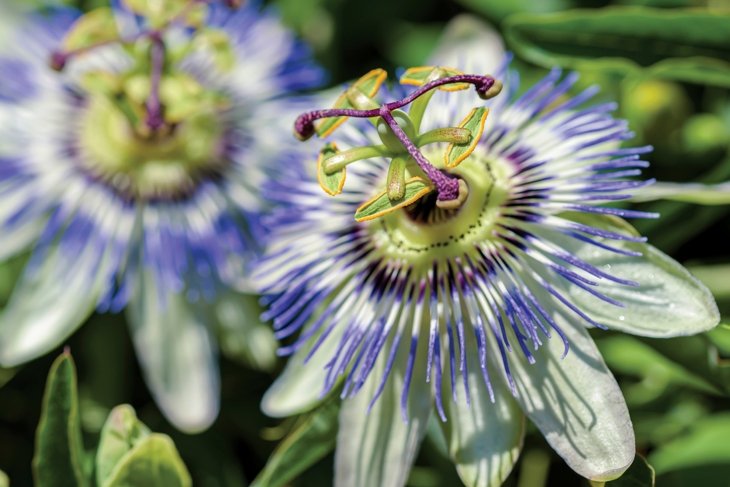 What it is:
What it is:
- has been used since the 16th century as a mild sedative, relaxation, and calming medicine
- flowers as well as berries, roots, and leaves have been used as a traditional natural medicine
What it looks like:
- purple/blue and yellow vine flower found throughout South America and southern US
- available in single or combination formulations in capsules or tablets and in teas
What it does:
- has significant anxiety-calming effects
- by reducing anxiety, has also been shown to help increase concentration levels
- increases levels of the brain chemical, gamma-aminobutyric acid (GABA), which helps regulate mood
- helps modulate circadian rhythms to regulate sleep-wake cycles and aid in treating sleep disorders
08
Rhodiola
Botanical name: Rhodiola rosea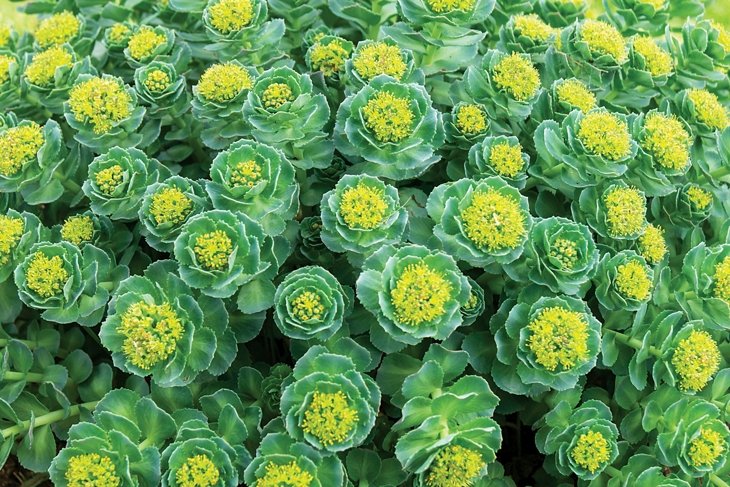 What it is:
What it is:
- for centuries, used in Russia and Scandinavian countries for anxiety, fatigue, and depression
- adaptogenic herb with beneficial effects on adrenal function
What it looks like:
- perennial yellow flowering herb native to cold, mountainous regions of Europe and Asia
- rhodiola root extracts available in capsule or tablets
What it does:
- helps reduce stress-related fatigue
- helps increase concentration in those with burnout stress
- has been shown to improve mood in depressed adults
- may help improve attention and memory and enhance ability to cope with stress
09
St. John’s wort
Botanical name: Hypericum perforatum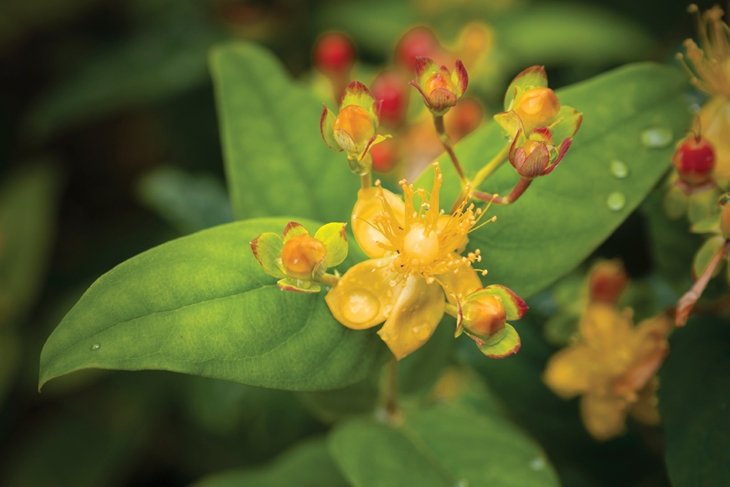 What it is:
What it is:
- used for centuries, originally harvested for the feast of St. John the Baptist
- widely prescribed for depression in Europe and sold as supplement tablets or capsules in North America
What it looks like:
- small flowering plant with yellow blossoms grows throughout North America
- found in teas, tablets, capsules, and as a topical treatment
What it does:
- affects brain’s uptake of serotonin, and other mood-controlling chemicals, dopamine and norepinephrine
- may be as effective as SSRIs, more effective than placebos in mild-to-moderate depression
- may help reverse anxiety and depression and improve response to stress
- could have anxiety-relieving effects due to its effects on gamma-aminobutyric acid (GABA) transmitters
10
Turmeric
Botanical name: Curcuma longa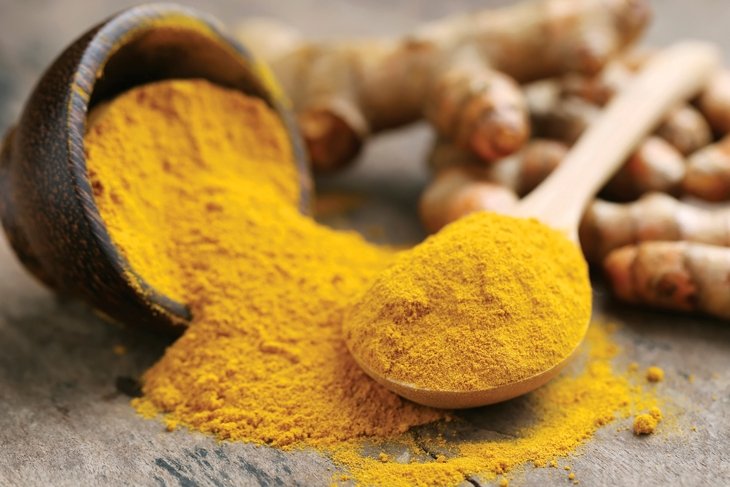 What it is:
What it is:
- comes from the root of Curcuma longa, a flowering plant of the ginger family
- spice widely used for more than 4,000 years throughout Asia in cooking, cosmetics, and medicinal remedies
What it looks like:
- spice is deep golden yellow and often referred to as Indian saffron
- supplements of its most active compound, curcumin, readily available in tablets or capsules
What it does:
- has shown promise in treating symptoms of major depression
- may help reverse harmful brain changes induced by chronic stress
- promotes resilience to stress and may help reduce anxiety
- seems to help reverse the effects of chronic stress on behaviour





















